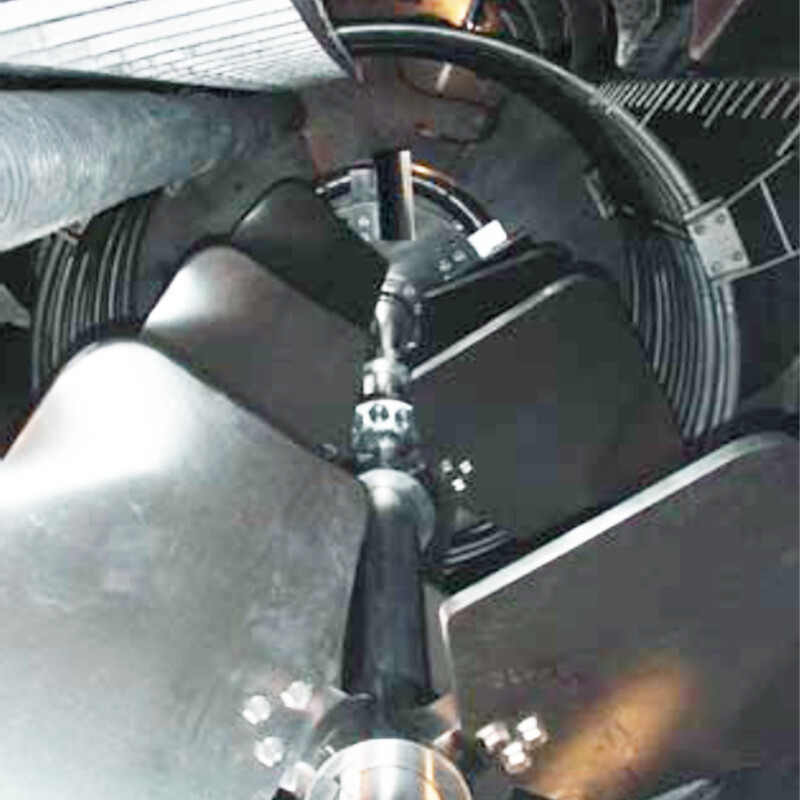Heat Transfer within a Stirred Tank

DATE: Sep 14, 2023 @ 11:30 AM IST
LOCATION: Virtual Event
CATEGORY:
INDUSTRY: Dairy, Food & Beverage, Personal Care, Chemical, Oil & Gas, Pharmaceutical
BRAND: Philadelphia, Plenty, Lightnin, Stelzer, Uutechnic
SHARE:
LOCATION: Virtual Event
CATEGORY:
INDUSTRY: Dairy, Food & Beverage, Personal Care, Chemical, Oil & Gas, Pharmaceutical
BRAND: Philadelphia, Plenty, Lightnin, Stelzer, Uutechnic
SHARE:
11:30am India, 2pm Singapore, 2pm China, 2pm Perth, Australia
Heat transfer within a stirred tank occurs through conduction, convection of radiation. Factors attributed to the effectiveness of heat transfer include fluid type, agitation design and speed, temperature differences in the fluid itself as well as the size and shape of the vessel. Consideration of these factors aide in successful mixing applications.
During this webinar, you will learn:
Utilizing heat transfer in mixing vessels
Mechanisms of heat transfer
Common heat transfer surfaces in mixing vessels
External vessel jackets
Internal coils
Fundamentals of heat transfer
Correlations for heat transfer effects
Using CFD to predict heat transfer effects
